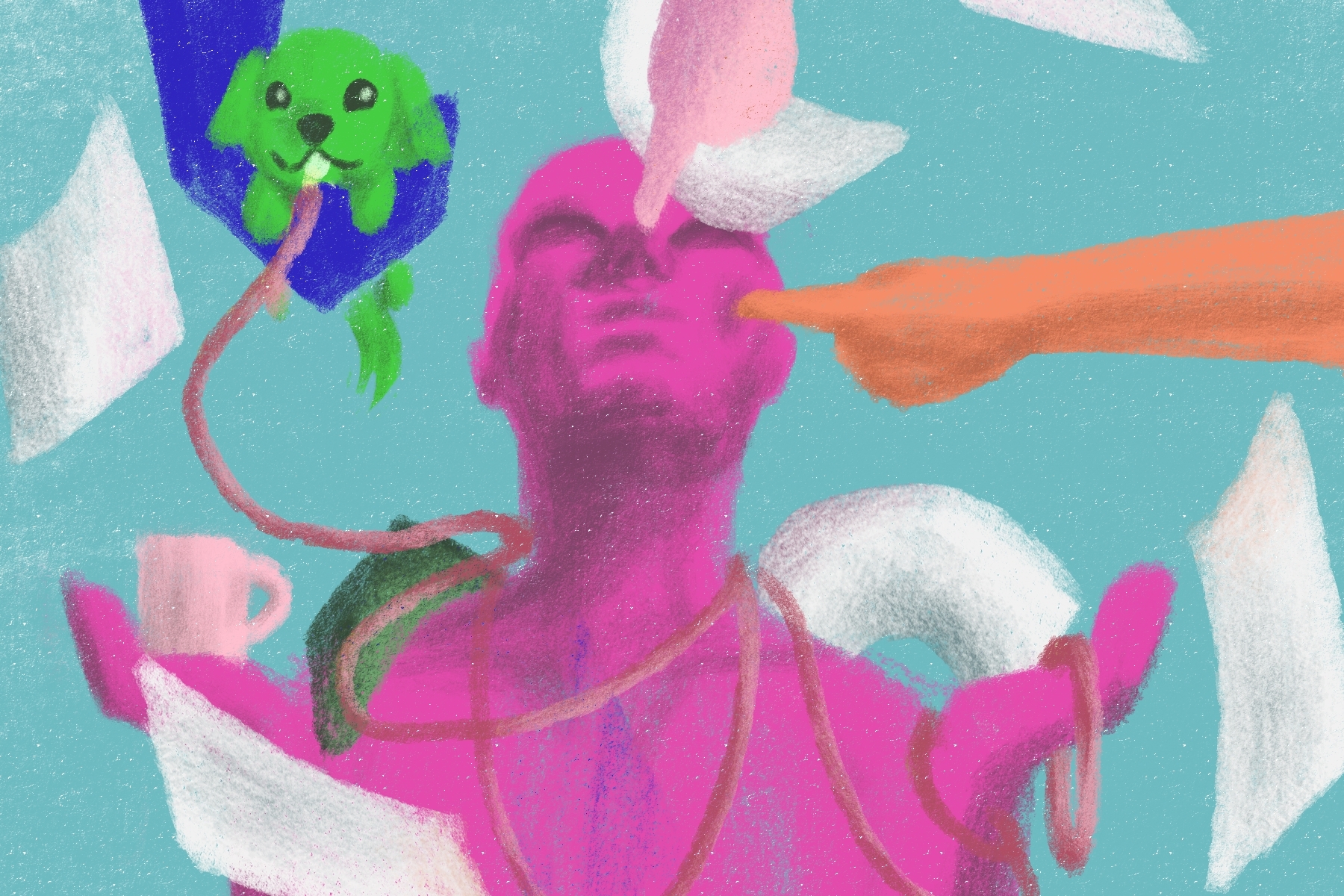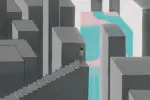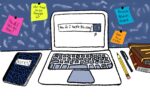Multitasking, or simultaneously engaging in more than one activity, is often seen in today’s society as something beneficial and productive. However, research suggests that even the best multitaskers cannot perform at the levels of productivity they could if they focused on one task at a time. Multitasking seems like it should increase productivity — and some experts propose that the perception of multitasking can increase students’ focus and diligence — but in reality, it does not. Rather, multitasking actually hinders productivity.
When we focus on more than one task, we delegate a certain amount of energy toward those pursuits. If we focus on two tasks, we split our potential energy because we cannot give 100% of our focus to both tasks at once. This results in students producing lower-quality work than if they had focused on one assignment at a time. Although multitasking seems to be more productive, it prevents you from focusing completely on the task at hand and prevents you from doing it to the best of your ability.
There are, however, some benefits to multitasking. Even if we cannot fully focus on two tasks simultaneously, multitasking enables us to switch between menial, everyday tasks at ease, such as talking on the phone, or going for a run and listening to a podcast. Our ability to engage in concurrent tasks is an important human function, but it should not be relied upon when attempting to produce higher-quality work.
As technology becomes more ingrained into the learning process, it grants students more freedoms that many take advantage of. Media multitasking refers to the concurrent use of multiple media platforms, and although multitasking does not always involve technology, it has become more prevalent in today’s culture.
In the past, an average high school student would sit in class eight hours a day with nothing to do but take notes with their pencil and notebook, leaving them with limited options for slacking off during class. This, however, has changed with the advent of new technologies like personal computers, cell phones and the internet.
Modern-day students now have unlimited access to media, allowing them to simultaneously engage in multiple tasks during class time more easily. The internet is an amazing tool that gives students access to an immense amount of information, but not all of this information is useful, and not all students use this tool responsibly. Class may not be the most exciting place to be and many students address their boredom by watching streaming platforms, checking their social media or surfing the web.
Media multitasking is becoming more prevalent among high school students. A survey by Common Sense Media found that 60% of teens multitask while doing homework, with most of them watching TV, texting or using social media. Of that 60% of multitaskers, two thirds also believed that watching TV, texting or using social media had “no effect on the quality of their schoolwork.” This represents a stark difference between the reality of multitasking’s effects on learning and the general perception of multitasking by today’s youth. Media multitasking can lead to a weaker grasp of the information and higher levels of stress that require students to put more effort into their schoolwork.
The numbers are even more alarming in university students, who are given more freedom with technologies during class. A study by Junco in 2012 found that 69% of students texted during class and 28% used Facebook or email. Of those multitaskers, most of them had lower GPAs than their non-multitasking peers. Many who fall behind rely on essay-writing sites like https://studycrumb.com/. Several other studies on multitasking reflect a similar trend of lower GPAs, higher reports of boredom, stress and lower work quality for frequent multitaskers.
With evolving technology that is rapidly becoming more prevalent in our classrooms, how do we stop the trend of media multitasking? It won’t be an easy task, but if we focus on one aspect at a time, we can effectively address all the distractions that push students toward media multitasking. One effective way to reduce multitasking during class is to eliminate all the technology that distracts you.
You can turn off your cell phone and computer and revert to the old pencil and paper times. This can seem like an impossibility with schooling increasingly being done online, but if you have any classes that don’t require the use of technology, it is better to try taking notes in a more traditional manner. If you must use your computer during class, try closing every unneeded application and blocking any distracting websites.
Along with media being the most prevalent source of distraction in today’s culture, nonessential clutter can also prompt multitasking. To avoid this, clear your desk or work area of anything that could become a distraction. If you focus on the task at hand you can refrain from jumping back and forth between nonessential tasks and work more efficiently. Other ways to stop include sticking to a set schedule and working in a quiet environment. Many students multitask because they are used to it and have it ingrained in their schedule. If you delegate a particular time during the day to work quietly without distractions, it will become easier to reduce multitasking.
Multitasking is an important human function that enables us to delegate portions of our energy toward simultaneous tasks, but it also prohibits us from performing these duties to the best of our ability. Instead, create a personalized work schedule that enables you to focus on the primary task and reduce the distractions that prompt multitasking by turning off nonessential technology and working in a quiet space.
















